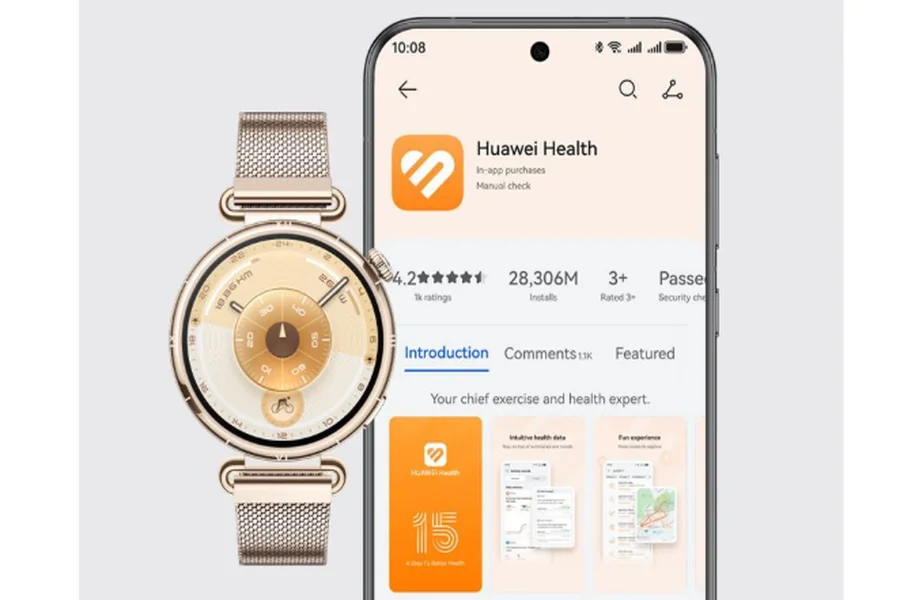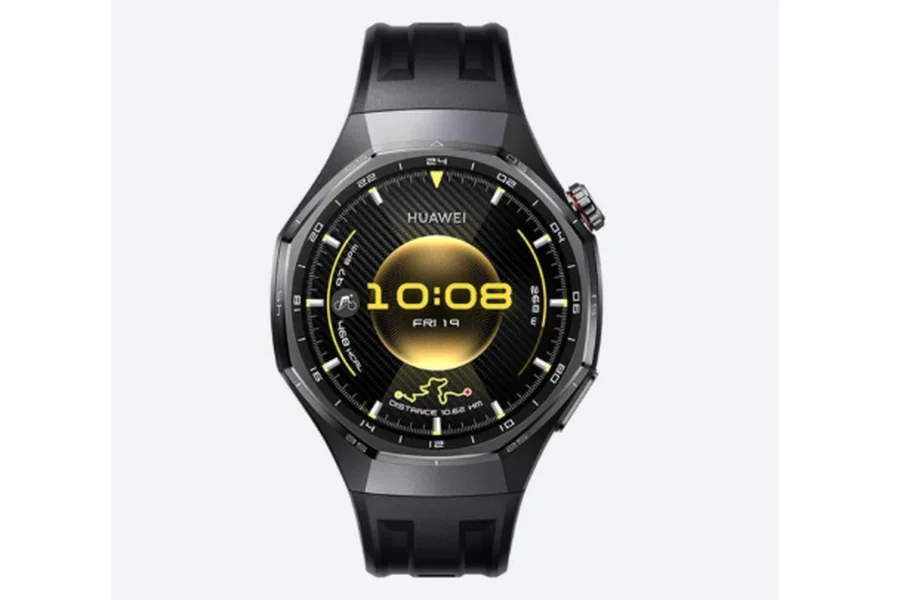Cycling smartwatches have become essential tools for riders who want deeper insights into their training. One of the most frequently monitored metrics is calorie burn, as it helps cyclists balance nutrition, manage weight goals, and evaluate workout intensity. Yet the accuracy of these numbers varies depending on sensors, algorithms, and environmental factors. Understanding how smartwatches calculate energy expenditure, especially during cycling, can help riders interpret their data more effectively. With advanced devices like the Huawei Watch GT 6, cyclists now have more precise and reliable calorie estimates than ever before.
How Cycling Smartwatches Estimate Calories & What Affects Their Accuracy?
Many variables go into calculating calorie burn, and knowing them can greatly improve how you interpret data during your rides.
Heart Rate Accuracy Is the Foundation of Reliable Calorie Estimates
Most smartwatches rely heavily on heart rate to estimate calorie burn, making heart rate accuracy essential. Optical sensors detect blood flow variations to track how hard the cardiovascular system is working. The Huawei Watch GT 6 uses its upgraded TruSense optical module, offering more stability during intense movement. A more accurate heart rate trace leads to more reliable calculations, particularly when assessing cycling and calories burned during workouts that vary in intensity, such as hill repeats or interval sessions.
GPS Speed and Distance Improve Energy Calculation
Cycling relies on dynamic movement, so speed and distance greatly influence calorie burn estimates. Smartwatches combine GPS data with biomechanical models to determine how much work the rider performs over time. Multi-band GPS on the Huawei Watch GT 6 improves signal accuracy in forests, valleys, and urban areas, reducing underestimation or overestimation of effort. A consistent connection means a more realistic representation of speed, distance, and ultimately total calories burned.
Elevation and Terrain Influence Energy Demand
Climbing requires far more energy than riding on flat roads. Smartwatches equipped with barometers, such as the Huawei Watch GT 6, detect elevation gain and descent, adjusting calorie output accordingly. When the watch senses an incline, it increases the estimated energy cost. This is particularly important for gravel riders or mountain cyclists, who may see major fluctuations in cycling and calories burned depending on trail steepness or technical climbs.

Body Weight and Fitness Levels Shape Your Calorie Output
Smartwatches incorporate user-specific data, like age, weight, sex, and fitness level, to refine calorie burn formulas. A heavier cyclist burns more energy at the same speed as a lighter rider. Similarly, riders with higher aerobic fitness may burn fewer calories during submaximal efforts because their heart works more efficiently. This means keeping your user profile updated is essential for accurate results. Huawei Health makes it easy to store and adjust personal metrics, ensuring estimates stay aligned with your current fitness status.
Virtual Power Adds Another Layer of Precision
Power output is one of the most accurate indicators of effort, but not every cyclist uses a power meter. With Virtual Power, the Huawei Watch GT 6 estimates wattage using GPS speed, gradient, altitude, and rider weight. Power-based calorie calculations tend to be more reliable because they directly reflect mechanical work performed. For cyclists without dedicated power meters, this feature helps narrow the accuracy gap and provides more consistent calorie readings across different terrains.
Environmental Factors Still Play a Role
Wind resistance, road type, weather, and surface texture affect energy expenditure. Smartwatches can’t measure all variables directly, but they infer effort through changes in speed, cadence, and heart rate. While not perfect, these inputs help adjust calorie estimates under real-world riding conditions.
Conclusion
The accuracy of calorie burn on cycling smartwatches depends on heart rate sensors, GPS quality, terrain detection, personal metrics, and even environmental conditions. With advanced features such as multi-band GPS, reliable optical heart rate tracking, and Virtual Power, the Huawei Watch GT 6 offers some of the most precise cycling calorie estimates available. By understanding how these factors interact, cyclists can interpret their smartwatch data more effectively and use it to optimize performance, recovery, and nutrition planning.



